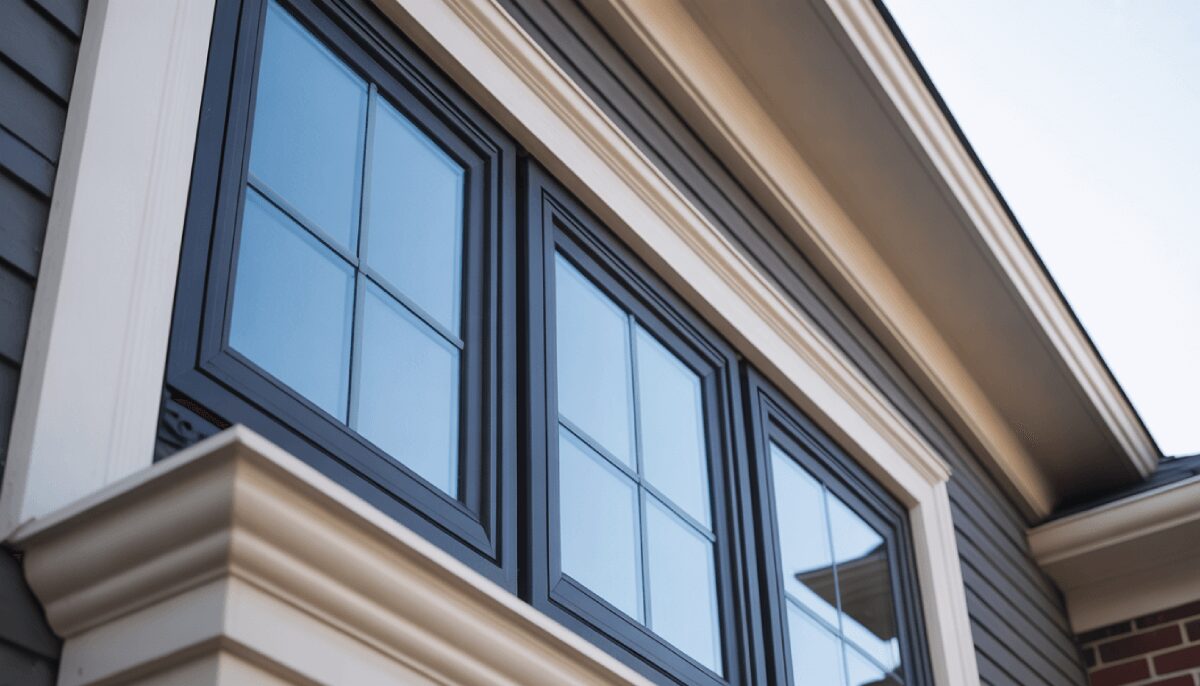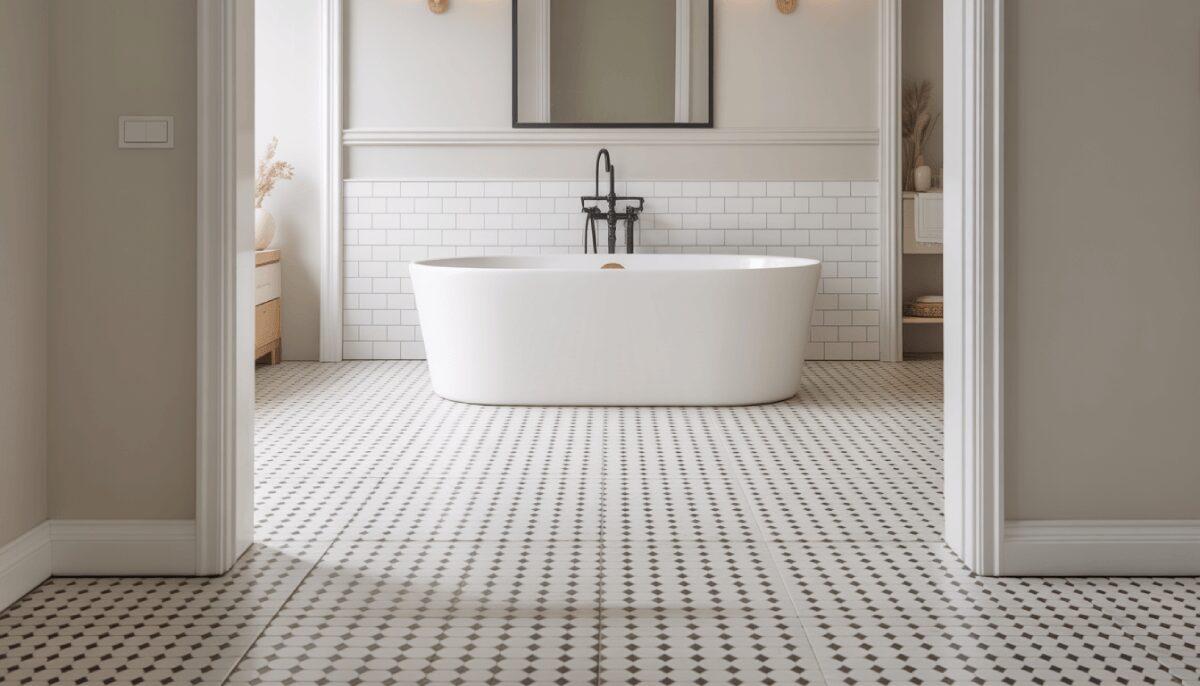Installing a window in your home can seem like a challenging task, but with the right guidance, it can be a satisfying DIY project. Proper window installation is crucial for maintaining energy efficiency, security, and the overall look of your home. By taking on this project yourself, you can save money and enjoy the satisfaction of a completed job.
In this guide, we’ll walk you through how to install a window step-by-step. We’ll also explore different window types and technologies to help you make informed decisions. Whether you’re an experienced DIY fan or a beginner, this guide will provide you with the necessary insights and tools to complete your project with confidence.
Understanding Window Types and Technologies
Before diving into the installation process, it’s important to understand the variety of windows available. Choosing the right type of window can significantly affect your home’s appearance, energy efficiency, and functionality. Here are some common types of windows you might consider:
- Single-Hung Windows: These have a fixed upper sash and a movable lower sash, making them simple and cost-effective.
- Double-Hung Windows: Both sashes are operable, allowing for better ventilation and easier cleaning.
- Casement Windows: Hinged at the side, these windows open outward, providing excellent ventilation and unobstructed views.
- Sliding Windows: These move horizontally along a track and are ideal for rooms with limited space.
- Awning Windows: Hinged at the top, they open outward, offering protection from rain while allowing air to flow in.
For those interested in energy efficiency, consider exploring new window technologies. Energy-efficient windows can help reduce heating and cooling costs, making them a smart long-term investment. For more detailed information on energy-efficient windows, visit the Department of Energy’s guide on window types and technologies.
Tools and Materials Needed for Window Installation
Before starting the window installation process, it’s important to gather the right tools and materials. Having everything ready will make your DIY project smoother and more efficient. Here’s what you’ll need:
- Measuring Tape: To ensure precise measurements for your new window.
- Level: Helps in aligning the window correctly for proper fit and function.
- Hammer and Nails: For securing the window frame during installation.
- Drill and Drill Bits: Necessary for making holes and securing screws.
- Screwdriver: Useful for tightening screws in hard-to-reach areas.
- Utility Knife: To cut through caulking and remove old window seals.
- Caulk and Caulking Gun: For sealing the window edges to prevent air leaks.
- Shims: Used to adjust the window frame to ensure it is level and plumb.
- Safety Glasses and Gloves: To protect your eyes and hands during installation.
Preparing for Window Installation
Preparation is key to a successful window installation. Follow these steps to get your workspace ready:
- Clear the Area: Remove any furniture or obstacles around the window area to ensure you have ample space to work.
- Clean the Opening: Once the old window is out, clean the opening to remove any debris or old caulk that might interfere with the new installation.
- Check for Level: Use a level to ensure the window opening is straight. If it’s not, use shims to adjust it until it is.
For a historical perspective on window designs, you can explore more about windows on Wikipedia.
Safety Tips for DIY Window Installation
Installing a window yourself can be a satisfying project, but it’s essential to prioritize safety. Here are some key safety tips to keep in mind:
- Wear protective gear: Always use safety goggles, gloves, and sturdy footwear to protect yourself from potential hazards.
- Use ladders safely: Ensure your ladder is stable and positioned on a flat surface. Never overreach, and always have someone hold the ladder for added stability.
- Handle glass with care: Glass is fragile and can cause severe injuries. Handle it gently and consider using suction cups for better grip.
- Be mindful of power tools: Use power tools with caution, and make sure you understand how to operate them safely. Keep them away from children and pets.
- Secure the work area: Keep your workspace tidy to avoid trips and falls. Ensure all tools and materials are organized and within reach.
For more comprehensive safety guidelines, you can visit Safety Tips for Home DIY Projects – This Old House.
Step-by-Step Guide on How to Install a Window
Installing a window can be straightforward if you follow these step-by-step instructions. Here’s how to install a window:
- Remove the old window: Carefully take out the old window by removing any screws or nails. Use a utility knife to cut through any caulking or paint that might be holding it in place.
- Prepare the opening: Clean the window frame and ensure it’s free of debris. Check for any damage and repair as necessary.
- Measure accurately: Measure the width and height of the window opening to ensure your new window will fit perfectly. Accurate measurements are crucial for a successful installation.
- Install the new window: Place the new window into the opening, ensuring it’s level and plumb. Use shims to adjust its position as needed.
- Secure the window: Once the window is in place, secure it using screws or nails. Be careful not to overtighten, as this can damage the window frame.
- Seal the window: Apply caulk around the edges of the window to create a weatherproof seal. This will help prevent drafts and improve energy efficiency.
- Test the window: Open and close the window to ensure it operates smoothly. Make any necessary adjustments to ensure proper function.
By following these steps, you can successfully install a window in your home. Remember, if you encounter any challenges, don’t hesitate to consult a professional for assistance. For more detailed guidance, you can visit Tom Adams Windows & Carpets’ guide on replacing home windows.
Replacing Replacement Windows: Considerations and Tips
When it comes to replacing replacement windows, there are a few key considerations to keep in mind. Whether you’re a seasoned DIY enthusiast or a first-timer, understanding these factors will help ensure a smooth and successful installation.
- Assess the Condition: Before you begin, evaluate the current state of your existing windows. Look for signs of wear, damage, or inefficiency that might indicate the need for a replacement.
- Choose the Right Replacement Window Panes: Selecting the appropriate window panes is crucial. Consider factors like energy efficiency, style, and durability. Energy-efficient windows can help reduce heating and cooling costs, making them a wise investment.
- Consider Window Types: Different window types offer unique benefits. From double-hung to casement windows, choose the style that best fits your home’s architecture and your personal preferences.
- Measure Accurately: Accurate measurements are essential for a proper fit. Measure the width, height, and depth of the window opening to ensure your new windows will fit perfectly.
- Installation Challenges: Be prepared for potential challenges, such as dealing with uneven walls or older homes with non-standard window sizes. Having the right tools and knowledge can help you navigate these obstacles.
By keeping these considerations in mind, you can make informed decisions and ensure a successful window replacement project. For expert advice and high-quality replacement windows, visit Tom Adams Windows & Carpets. You can also explore The Ultimate Window Replacement Buying Guide for more insights.
Obtaining a Window Estimate
Getting an accurate window estimate is a crucial step in planning your window installation or replacement. Here’s how you can ensure you get the best quote:
- Understand Your Needs: Determine the number of windows you need to replace and the types of windows you desire. This will help in getting a precise estimate.
- Consider Additional Costs: Be aware of additional costs such as installation fees, disposal of old windows, and any necessary permits. These can impact the overall cost.
- Request Multiple Quotes: It’s wise to get estimates from several providers to compare prices and services. This will give you a better understanding of the market rate.
- Ask About Discounts: Inquire about any available discounts or promotions that might apply to your purchase.
- Evaluate the Warranty: A good warranty can provide peace of mind. Check what is covered and for how long, as this can affect the long-term value of your investment.
For a reliable and detailed window estimate, consider reaching out to Tom Adams Windows & Carpets. They offer a price guarantee and flexible financing options to suit your budget needs. For more information on their window offerings, visit Tom Adams Windows.






